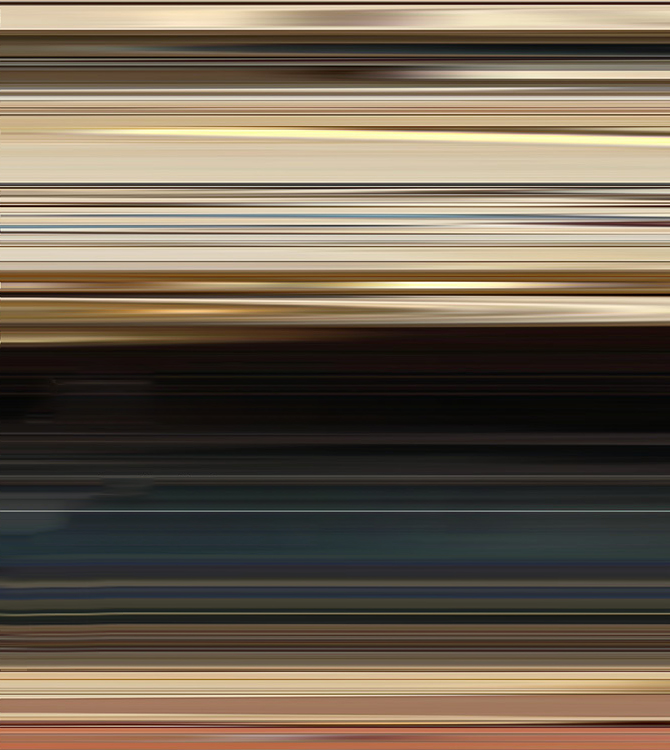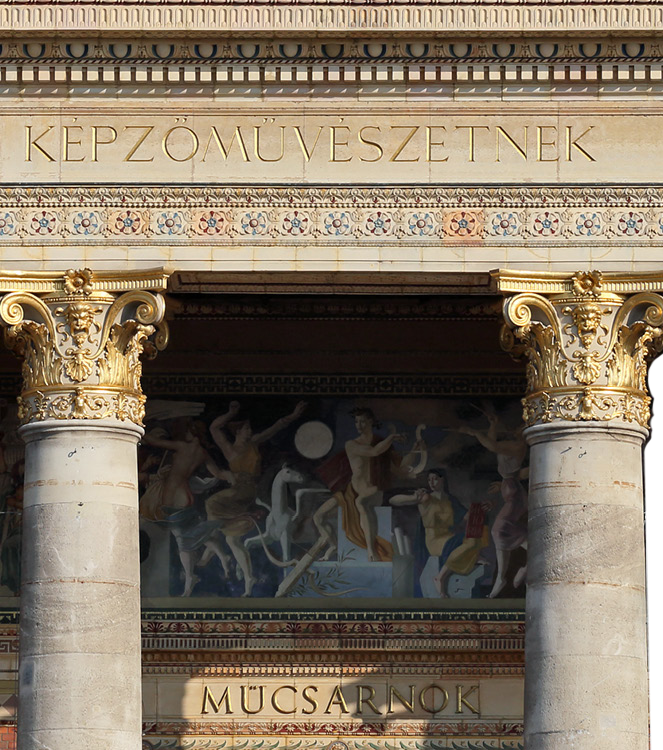



György Szegő DLA, Artistic Director of Kunsthalle Budapest
In my introduction to the catalogue of the 2nd National Salon of Fine Arts, I highlighted the importance of continuity. The Kunsthalle Budapest remains committed to this principle. However, the prevailing global trends, dominated by technocracy, and the concept of this year’s Salon (which provides a sensitive response to these trends) equally underscore that the millennia-old continuity of artistic creation itself is under threat. One of the key merits of the Salon 2025 is its statement that draws attention to this concern.
Five years ago, I emphasised the significance of continuity, acknowledging the pivotal role of our institution – in a broader sense – in Budapest’s urban mythology and Hungarian cultural heritage, as well as the unique architectural qualities of the building, a legacy we received from architect and painter Albert Schickedanz. I also noted that, just like before, the Kunsthalle Budapest facilitates the diverse visual art scene – with all its genres and artistic approaches – and embraces it through contemporary reality. In the past five years, the Hungarian Academy of Arts, together with appointed architects and our institution, has worked on the architectural plans for the renovation and expansion of the Kunsthalle Budapest.
In the first phase, the exterior restoration of the building was completed to the high standards set by our predecessors. We are hopeful that the full implementation of the project is imminent, and that work can soon resume.
Another aspect of continuity is that the Hungarian Academy of Arts recognised the historic significance of the Salon tradition – which dates back more than 120 years – and has carried it on in the form of the National Salon, organised annually, in five-year cycles. Thanks to the Salons, a significant number of Hungarian artists are regularly provided with an opportunity to exhibit, experiencing the renewal of these events as a success.
Visitors, in turn, can gain an insight into the latest works of leading artists across five disciplines, and into emerging artistic trends.
A recent development in the history of the Salon is the introduction of an open application process for
selecting the curators in all five artistic disciplines. The curatorial concept for the 3rd National Salon of Fine Arts 2025 was chosen – following the evaluation of two competitive projects – by the jury appointed in accordance with the regulations jointly drawn up by the Hungarian Academy of Arts and the Secretariat; the selection process
was conducted with the involvement of consultants representing the Academy’s sections. The jury members were Lajos Csontó, Judit Szeifert, István Sinkó, Miklós Sulyok, József Szurcsik, Piroska Medgyes, Mária Kondor-Szilágyi and myself.
Following this selection process, the curatorial commission for this year’s National Salon was awarded to painter József Baksa, with the support of painter and art organiser György Verebes, and with art writer and gallerist Katalin Kállai involved as an art adviser. Together, they selected this year’s exhibition motto, a quote from Hungarian writer Dezső Kosztolányi: “Such is man. A unique specimen...”, which also underpins the Salon’s subtitle: “Non-fungible token”. The title thus carries a digital connotation, simultaneously placing it in focus and disputing it. This bon mot is the product of a new era, which, positioning virtuality as reality, seeks to diminish the millennia-old tradition that recognises man’s unique skills in artistic creation, even suggesting that such skills are no longer exclusive to humankind.
In my view, unique quality it not only represented by man but also by artworks, which are irreplaceable and inimitable. They cannot be substituted by virtual content marked by ‘digital certificates’, the pseudo-reality of which is comparable to the enigmatic nature of crypto-currencies. I believe that the curators of this year’s Salon recognise the radical transformation affecting human civilisation and the world at large. Thus, they want to capture the ‘moment’ when this phenomenon begins to permeate the visual arts. With a sense of responsibility, they are asking: Does/Will the concept
of art before and after digitalisation have different definitions and local values?
This impending transformation, which concerns humanity as a whole, was already at the focus of the essay I wrote for the catalogue of the 1st National Salon of Applied Arts and Design, held in 2017. There, I freely paraphrased and then literally quoted a passage from Ray Kurzweil’s book titled The Singularity Is Near:
[...] “grasping the barriers helps us overcome them »to manipulate the universe to our will«.” This chilling utopia was formulated in the 1990s by Kurzweil, who first designed digital instruments and later played a leading role in the development of multinational companies that defined the worldwide web. The quotation is from 2013 but since then Kurzweil has expanded his dystopian vision and even positioned himself as a founder of a ‘digital religion’. Today, AI is present in almost every artistic genre, continues to gain ground, and ‘grasping’, which once served the interests of multitudes, increasingly appears as a looming threat. Simultaneously, there is an increasing need for artistic renewal grounded in tradition.
I trust that the questions raised by this intensifying nightmare – one that threatens the very essence of humanity and the wonder inherent in our human nature
– will be made visible and critically examined by the artists in the six thoughtfully curated chapters of this year’s exhibition, which seeks to inspire meaningful ideas. I am confident that the artists will approach these concerns with the power of doubt, offering thought-provoking reflections. I am confirmed in this by György Verebes’ imperative “Fear not”, echoing biblical references.
I would like to extend my congratulations and gratitude to the curatorial team for creating the concept for this year’s Salon and selecting the exhibited works, as well as to all participating artists. My sincere thanks also go to the Hungarian Academy of Arts for its generous support of the 3rd National Salon of Fine Arts 2025. Finally, I wish to express my appreciation for my colleagues at the Kunsthalle Budapest who realised this exhibition, particularly Júlia Szerdahelyi, Szilvia Reischl and our technical director, István Steffanits.